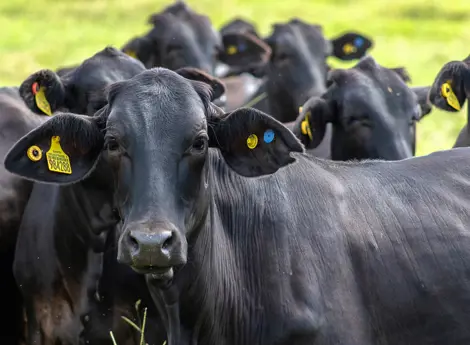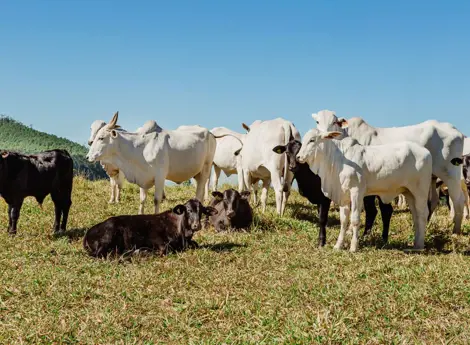Better heifers: factors that influence performance
Rearing and gestation are important phases for replacement heifers in the beef cattle system, as the age at which heifers should first be mated partly depends on the quality and quantity of available feed. The Kaliber Beef Plan delivers meaningful results by focusing on the rearing (youth and puberty) and gestation phases. Your heifers will enjoy superior growth conditions, increasing their performance and reducing calving age to 21-24 months. We call these high-performing heifers ‘precocious’.
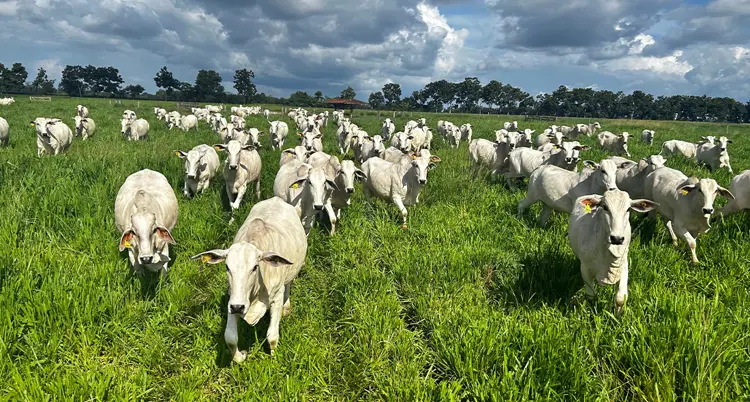
Factors that influence age at puberty
Puberty age affects the reproductive and economic efficiency of beef cattle farms, and is related to the heifer’s growth rate and adequate development. The age of the heifer at puberty varies according to farm management and is influenced by breed, weight and body condition scores, nutritional management, health, and other factors (see Figure 1).
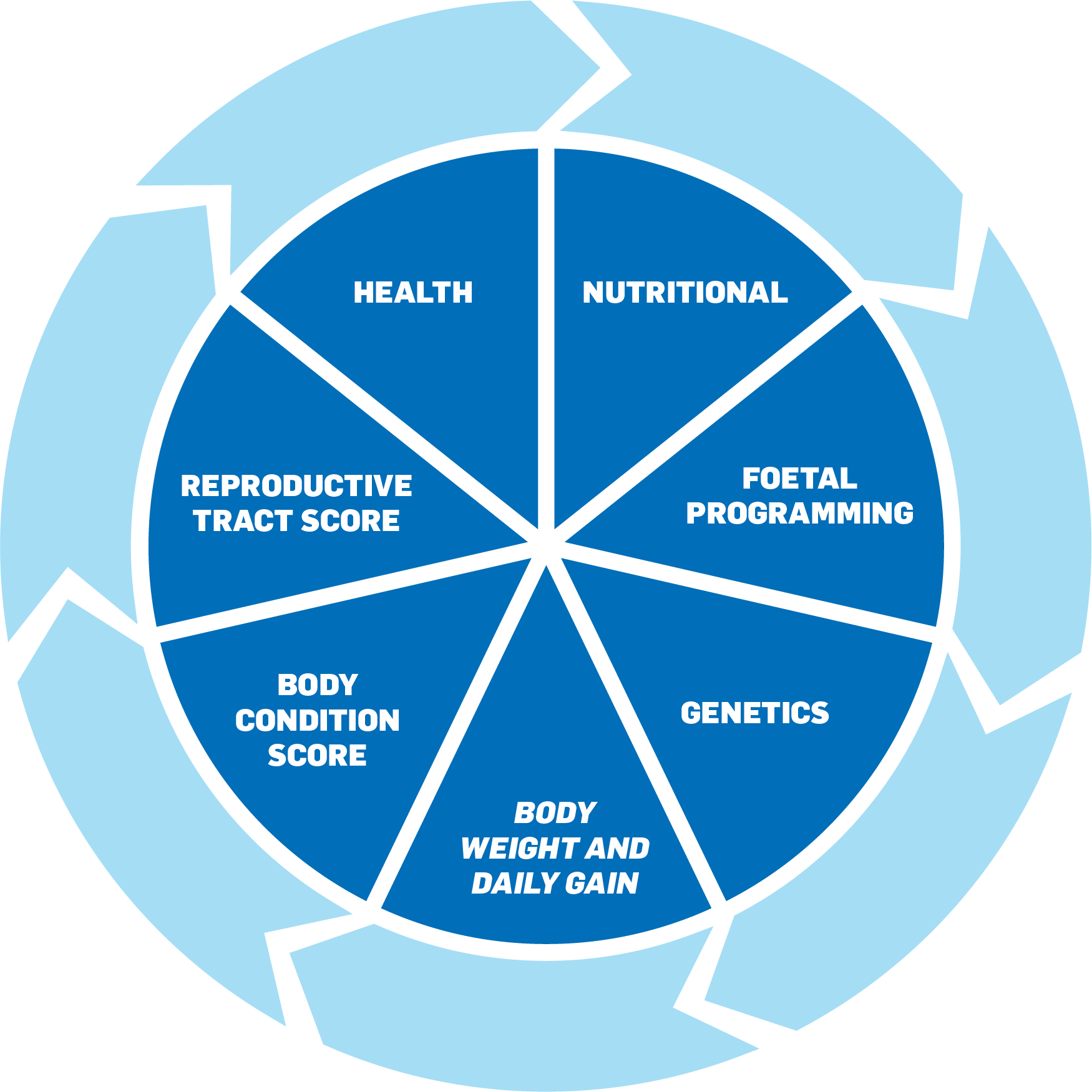
Figure 1. Factors affecting heifer development and fertility rate
Body weight
The success of a cow’s reproductive cycle begins with the heifer nutritional plan, as this category should achieve 60% to 70% of their adult weight by the beginning of the first breeding season. The relationship between weight at the beginning of the breeding season and reproductive performance is shown in
Table 1.
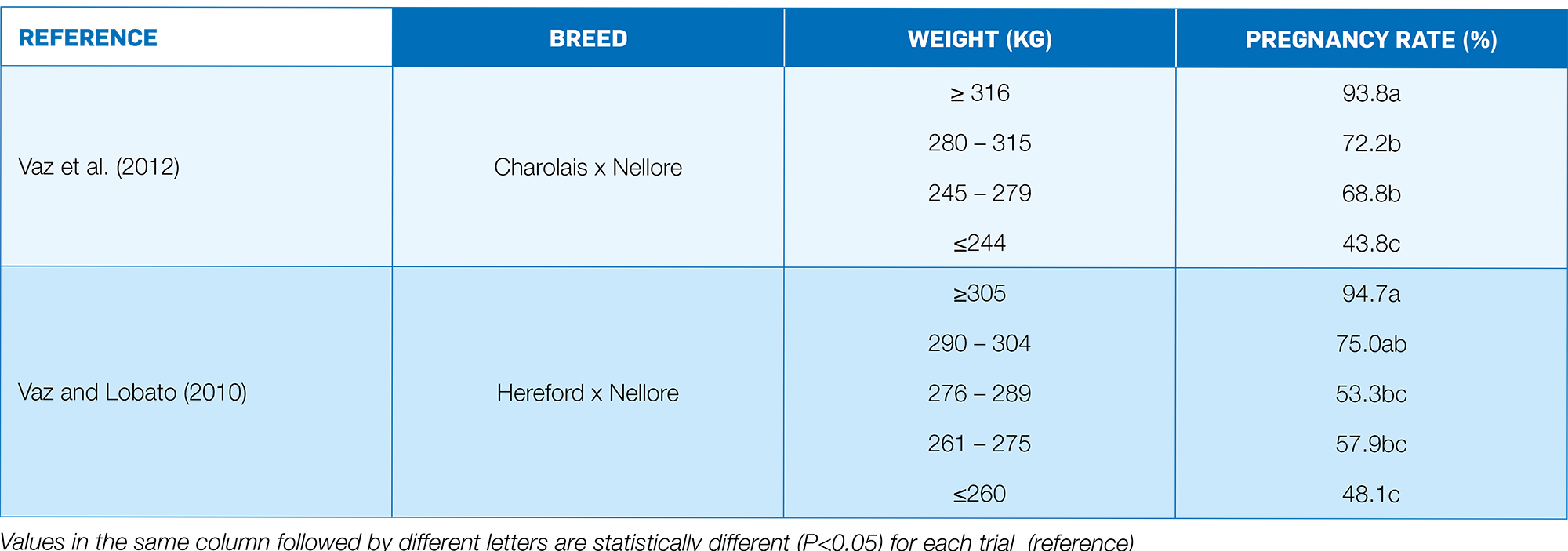
Table 1. Relationship between weight at the beginning of the breeding season and pregnancy rate of precocious heifers in their first breeding season at 14-16 months.
Starting the breeding season with a high initial body weight is very important to achieving a high pregnancy rate.
Use a CTA hereFoetal programming
Foetal programming refers to the period of pregnancy divided into three phases: early, mid and late gestation. Changes in the maternal uterine environment at certain periods of foetal growth and development, which result from nutritional strategy, may affect the future growth and development of the offspring. For more information, see the ReproBeef plan. It is possible to modify fat and muscle development to some extent after birth, but the main impact on offspring is maternal nutrition.
Several studies have evaluated the effect of supplementing beef cows during gestation (Tables 2 and 3). In these studies, weaning weights were higher for female calves born to cows that received optimal nutrition via supplementation during gestation (Table 2). In addition, heifers born to cows that received supplementation (optimal nutrition) had higher pregnancy rates than heifers born to cows that did not receive supplementation (poor nutrition) (Table 3).


Isn’t it time you had a nutritional programme that was tailored to your specific needs? Ask the De Heus team today how the Kaliber Beef plan can support your beef herd today.
Optimise your heifers' performance
Isn’t it time you had a nutritional programme that was tailored to your specific needs? Learn how the KaliberBeef Plan can support your beef herd today.
Discover the KaliberBeef PlanAbout the author

Fabiano Alvim Barbosa
Product Developer Ruminants
Interested how to improve your farm results? Please, feel free to get in touch with me.

